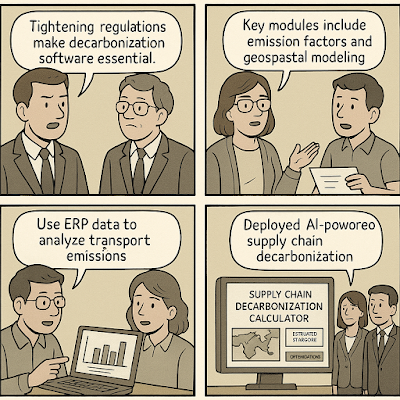Digital Tools for Handling Tax Equalization for Global Assignees

Digital Tools for Handling Tax Equalization for Global Assignees Managing international assignments is complex enough without the added challenge of balancing tax burdens between home and host countries. That’s where digital tax equalization tools come in — helping multinational companies fairly allocate tax liabilities for employees on global assignments, while ensuring compliance across jurisdictions. 📂 Table of Contents What is Tax Equalization? Why Digital Tools are Essential Key Features of Tax Equalization Software Integration with Payroll and HRIS Top Tools & Providers 🌍 What is Tax Equalization? Tax equalization is a compensation approach used to ensure that employees working abroad pay roughly the same amount of tax as they would have in their home country. This helps avoid tax windfalls or penalties, stabilizing take-home pay for expats. Employers pay any additional tax due in the host country, while recovering hypothetical ho...







